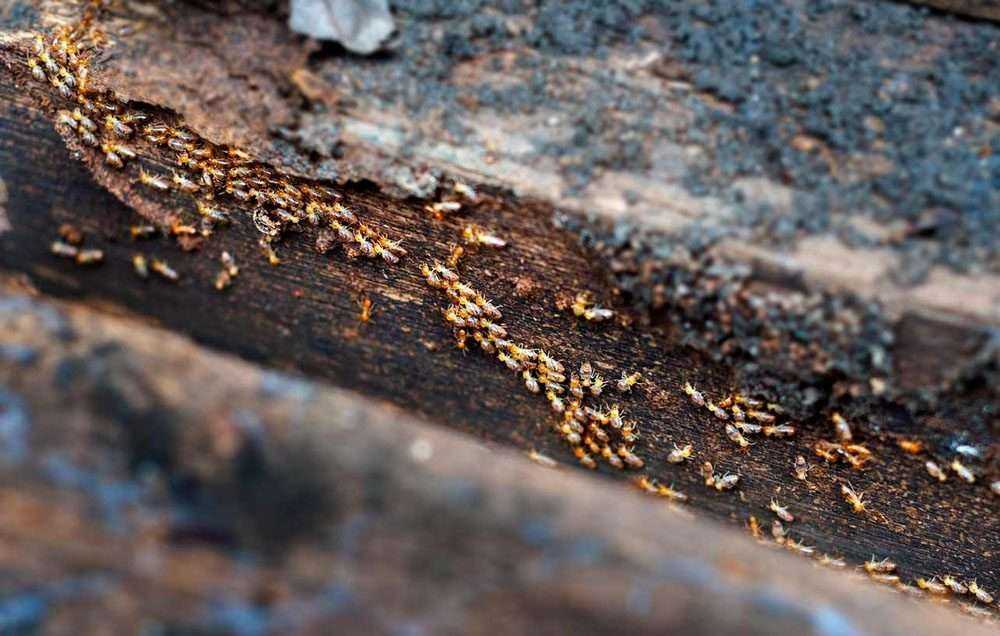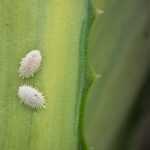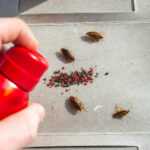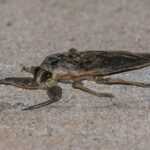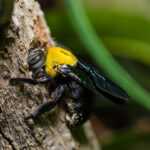Do termite swarmers have you concerned?
Is it termite season? Understanding the Western Subterranean Termite
Any termite exterminator will tell you that there is no set season for typical termite activity, although during the winter, most termite colonies tend to be less active. Consistent temperatures in a home offer termites and their colonies protection year round. The Western Subterranean Termite, a widely distributed termite, appreciates the climates found in Oregon, Washington State, and Idaho.
What does the western subterranean termite require?
In North America, the Western Subterranean termite causes the most devastating economic effects and damage found near wood fiber. Studies estimate that one out of five homes in the afflicted areas has or will experience the destruction of the insatiable subterranean termite. These little critters love homes or buildings where moisture is available from sources of water found within their walls. Broken roof tiles, defective window frames, damaged pipes, or cracks in driveways provide moisture caused by the water leaks they create. Subordinate underground termite nests established near wood fiber and water sources connect by tunnels to the main termite colony. These tunnels can average nearly 300 feet between the subsidiary nests to the central colony nest. Other subterranean termites share similar behaviors and requirements, including the need for moisture and wood fiber, and have distinct castes within their colonies.
The Main Castes of a Western Subterranean Termite Colony
There are several different castes within the Western Subterranean Termite colony. Caste members have a particular role to perform for the strength of the colony.
- Highest Caste – The mature Queen and King of the termite colony are the heart of the termite life cycle. The queen termite is responsible for laying fertilized eggs for the colony. It is the function of the Queen and King to reproduce to maintain the survival of their colony.
- Alates (Termite Swarmers) – These termites are the new queens and kings. They are the young winged reproductive males and females that leave their home colony to set up a new colony and procreate. The Alate termites are born with two wings and are darker in color. Their wings are not very strong, but help the Alates leave the colony to in search of their new homes. After fertilization, these termites molt (shed) their wings and remain underground to set up their new termite colony. The members of this caste take over the heart and responsibility of the new colony’s life cycle. Unlike eastern subterranean termites, which also have winged forms (alates), these termites have distinct physical characteristics and foraging behaviors.
- Soldier Termites – These termites are born with considerably larger heads with substantial mandibles or mouthpieces that are useful in combat to maim their enemies. Their yellowish brown exteriors help identify the Soldier Termite.
- Worker Termites – The workers construct the subterranean chambers and tunnels for the colony. They are also responsible for the grooming and feeding of the other termite castes.
Are flying termite swarmers a cause for concern?
Termite Swarmers (Alates), also known as winged termites or flying termites, are usually mistaken for flying ants. Newly mature Termite Swarmers travel together in huge groups before they divide into couples with the intent of starting new colonies. As a new queen and king choose their home, their wings will drop off. It will take years before their colony is mature enough to cause problems. The remaining swarms of Alates that do not mate eventually die and are not harmful.
Swarms of flying termites are not a definite indication of a bug-ridden home. It may imply that the wind blew them up the street or they have flown over to a property from neighbors’ homes. Swarmer’s wings are quite fragile and not as strong as a fly’s wings. Alates are naturally tossed about in a stiff breeze. Daytime is their favorite time to swarm. Swarmers outside in a yard of a home, usually suggest that there is a nest on an adjacent property.
Finding Termite Swarmers close to the home or even within the home is the time to seek the advice of a professional. Saving the discarded wings of an Alate can be valuable, so resist the urge to clean them up. The wings could be a key in helping the termite control professionals identify whether the wings are indeed from a flying Termite Swarmer or a flying ant. This will determine their course of action in the care of a home. To prevent the destruction generated by Western Subterranean Termites, a termite control professional is available to help assess any serious termite situations that may exist. Call us today for immediate help!
Description and Identification
How to Identify Western Subterranean Termite Swarmers
Western subterranean termite swarmers, also known as alates, are distinguishable by their dark brown bodies, which are approximately 3/8 inches long. They possess two pairs of wings, with the front wings being slightly larger than the hind wings. These wings are typically transparent or slightly tinted, featuring a distinctive vein pattern. When trying to identify these swarmers, it’s crucial to note that they are often mistaken for flying ants. However, you can tell them apart by their straight antennae and equal-sized wings, unlike the bent antennae and unequal wings of ants.
Key Characteristics and Differences from Other Termites
Western subterranean termites stand out from other termite species due to their unique physical and behavioral traits. They have a rectangular-shaped head equipped with large, pincher-like mouthparts, and a distinctive orange-colored head. Worker termites in this species are white or cream-colored, while soldier termites have a darker, more elongated body. One of the most notable behaviors of Western subterranean termites is their ability to construct extensive networks of mud tubes. These tubes, which can be found on walls, door frames, and other structures, serve as protective tunnels for the termites as they travel between their underground colony and food sources.
Signs of Infestation
Common Indicators of a Termite Infestation
There are several telltale signs that your home might be infested with termites:
- Mud tubes: Western subterranean termites build these tubes to travel between their underground colony and food sources. You can often find them on walls, door frames, and other structures.
- Discarded wings: After swarming, termite alates discard their wings, which can be found near windows, doors, or other entry points.
- Damaged wood: Termites can cause significant damage to wood and other cellulose-based materials. Look for signs such as hollowed-out wood or blistered surfaces.
- Frass: This is a type of insect waste produced by termites, often found near infested areas.
How to Detect Termite Activity Early
Early detection of termite activity is crucial to preventing extensive damage. Here are some tips to help you spot termite activity early:
- Regular inspections: Regularly inspect your home for signs of termite activity, such as mud tubes, discarded wings, or damaged wood.
- Check moisture-prone areas: Termites thrive in moist environments, so be sure to check areas near sinks, toilets, or showers for signs of activity.
- Probe wood: Use a screwdriver or ice pick to probe wood for signs of termite damage.
- Professional inspections: Consider hiring a professional termite inspector to conduct a thorough inspection of your home.
By staying vigilant and taking these preventive measures, you can help protect your home from the destructive effects of a termite infestation.
"*" indicates required fields
"*" indicates required fields
